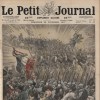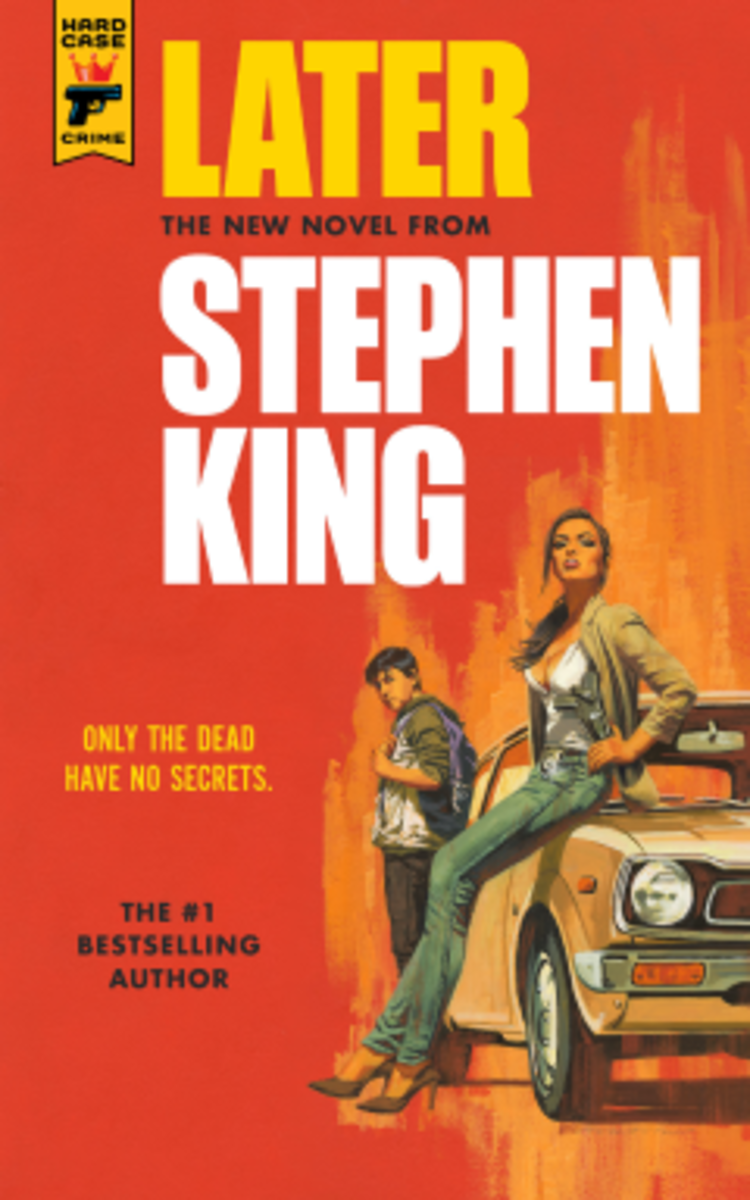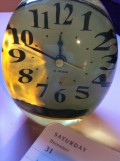Shim Chong, Fille Vendue Review
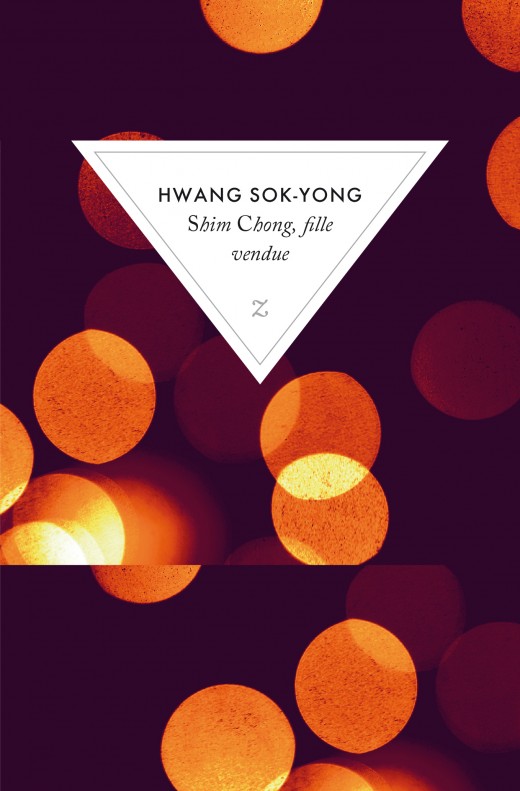
I had no idea what the book, Shim Chong, fille vendue, written by the Korean author Hwang Sok-Yong and translated into French, was about when I had picked it up at my favorite bookstore in La Rochelle. The cover appeared interesting to me, with its abstract style displaying crimson and golden lights against the somber black background, like fireflies in the night to unfocused eyes. I have tended to like most of the Asian literature books which I have found, and thus I was drawn to this one, still in utter ignorance of what was contained within. The story which was ultimately revealed was one which I feel is best classified as an epic, played from the eyes of a sometimes prostitute, sometimes concubine, sometimes geisha (for the closest equivalent which can be furnished in our language), who traverses East Asia, driven by both woe and luck and happiness and misery, seeing it in a time of great transformation and disorder. It functions both as a window into an era, an enjoyable and beautiful novel - and as a way to turn our jaded eyes into the misery and oppression experienced by women like Shim Chong, sold into slavery, in a practice that continues shamefully to today in conditions just as atrocious as they were a hundred and fifty years ago. In this, it represents the remobilisation of an old Korean legend concerning Shim Chong, a mythical women wold into slavery, reconfigured to match both the trials of women today and the history and story of Korea in the modern age. It is this peculiar mythical element which reduces the flaws of the book and which transforms it into such an elegant and sweeping work.
Shim Chong is a young Korean peasant girl, sold as a young girl - a teenager, barely 15 at most - to become the concubine of a rich, and impotent, Chinese master, by her blind father who cannot support her. The hand of fate will guide her to later on work as a relatively high status prostitute in a gambling house in China, falling in love, before driving her onward to the worst markets of human flesh, then once more to be a concubine, and then for the wheel of time to lift her high again in nobility and status and then to plunge her low once more. The only constant along the way, is her own independence, spirit, and determination, which enables her to survive the brutal waves of life and misfortune that threaten incessantly to plunge her into the watery depths.
Perhaps the most impressive thing about the novel is the sheer richness of its literary vocabulary and the incredible beauty with which it can paint the scenes throughout. Even some relatively quaint, domestic, affairs resonate in my mind: like the scene in a bathhouse, with steam rising to cover the windows and the wood seeping moisture around the vessels of bubbling hot water, or the descriptions of ships as they cross the storm-tossed waves, or the descriptions of the actions and the people within - although this third part contains a certain reticence to congratulate for myself, discussed later on. The excellence of the description brings this world to life, and both the author and the translator did a magnificent job in this regards. It is also a descriptive style which is different than many others which I have previously encountered: the beauty here is much less found within the flowing tapestries of the writing about nature which serve as the mainstay of the literary writing found within say, Le Don paisible, or Un roi sans divertissement, or My Absolute Darling, but rather in the depiction of the people and the human environment within.
Another excellently well done aspect of the book is striking an appropriate balance between the misery and problems inflicted upon Chong, and her own agency and her own spirit. The life of Chong is a hard one, sold by her father, turned into a concubine, trafficked and transformed into a prostitute in the most miserable and low of conditions, separated routinely from those with whom she finds love and happiness. At the same time, she is a woman of great determination, strength, and determination, who actively chooses her destiny when she can - with whom to love, with whom to leave behind, what dreams and hopes to nourish. In this, I think that the book is one which is faithful to the depiction of her sort of person in society, the lucky few of prostitutes who managed to find a form of social mobility, who even if at times overwhelmed by the waves of misfortune and adversity, could sometimes, in rare cases, manage to find a way to escape from their pitiable conditions. Although the names of the characters can make them at times difficult for the American or European memory to correctly recall them, the warmth, humanness, and spirit which Hwang Sok-Yong bestows upon them is also a brilliant coup for the book, one which makes the life and society around Chong so realistic and alive.
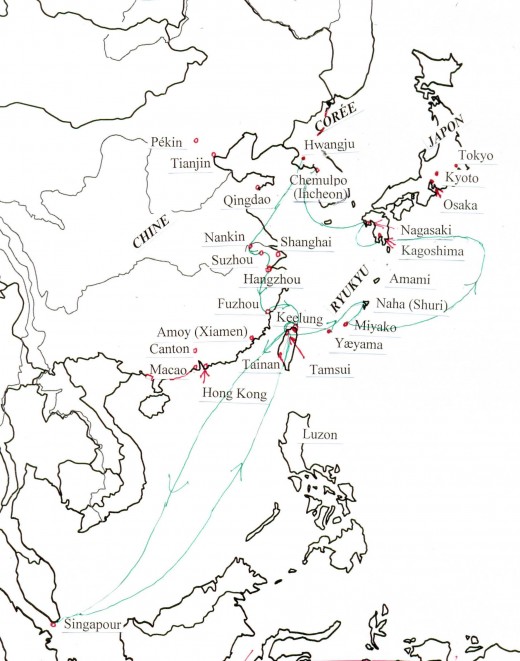
This carries with it its importance of transforming the book from being more than a simple tale of woe about a prostitute, where we are almost like voyeurs looking in and feeling contended sadness for the miserable lot in life, to rather being very much a grand and enduring voyage throughout East Asia, showing the mores, customs, and life which existed from Korea, to China, to Taiwan, to Singapore, to Okinawa, and Japan. Along the way, we see painted in brilliant description and detail the lives and social experiences of the people in front of us, in the opium smoke-filled gambling bars of Chinese cities, the lowly sort of sailors, the hardscrabble life of workers in Taiwan, the segregated and racialized society present in Singapore, and the relative freedom and privilege afforded to high class geishas in Japan. If I have my doubts sometime about the astonishing good luck that can intermittently bless Chong, leading her to liaisons with the highest and the mightiest and escapes from poverty - well, the book is, as the author attests, based upon a legend, a myth. Along the way it is more than simply the sordid story of a prostitute but rather a true look into East Asia in the middle of the 19th century, seen from the eyes of a prostitute.
Where does one draw the line between something that is brutally and impressively realistic, faithful to the depiction of the lives of prostitutes, and can come off as almost literary pornography? Indeed, it is part of just the sheer incredibly depth of description and beauty in the book, which can be disturbing at times. The depiction of the first scene where Chong is subjected to the sexual advances of the man who holds her in concubinage, goes so far as to describe him in detail right down to his genitalia, for more than two, quite lengthy, sentences. I am no prude. If you grow up reading the Sharpe series and S.M. Stirling, two writers/book series which defined my adolescence, you cannot be. But at a certain point it stops being useful for the plot, and simply becomes gratuitous: I have no interest whatsoever in reading about rape and sexual violence to such brutal extent, written by an old man.
I myself am uncertain if this is related to a cultural element from Korea. I know vanishingly little about this country, and its literary traditions - and so what comes off to me as perverted, as an excessive focus, as what is essentially smut and fantasies, even if veiled with the cloak of a brilliant literary language, could be something that is more natural, less strange, less near-shocking and offensive. One previous book I have read, from Japan - admittedly not Korea, but still from East Asia, and so perhaps closer in the philosophical concepts and mindset than other, principally European, volumes which I have devoured - Le bateau-usine, had a scene within that was quite remarkable in its depiction of the predations of the older men of the crew of a Japanese fishing boat upon their younger comrades. Perhaps when discussing such affairs, one is simply supposed to be more direct, and instead of appearing perverted or strange, it is rather normal and expected. All I know is that for myself, coming from fundamentally the United States and with a heavy dose of European literature that constitutes my experience, the book breaks the boundaries of what I consider necessary and reasonable and strays into the gratuitous and the level, sometimes, of smut - brilliantly written, but still near pornographic.
Another element is that the times do not quite match up. We know that Chong is around, perhaps, 18 years old at the time of the First Opium War, in 1839-1842. Her lover, Dongyu, joins the Taiping around this same time - despite the Taiping taking place several years later. Years pass, and she is around 25 during the time of the Second Opium War - this itself in 1856-1859. The dates are just ever so subtly off it seems to me, like the author vaguely wanted to connect the historic events of the time to his novel, but knew that in the end, they weren't really terribly connected, and so didn't truly put too much work into making sure they all matched. True, the book is defined by the period, the time in which the events happen - but it is not defined by the actual events, and they hang on the book like rags, not quite integrated and drawn in. Or perhaps I am wrong, and my mental calculations did not bear their correct fruit - but to me at least, there is a gap between the history found within and the story.
As a historical epic for the life a prostitute in the middle of the 19th century, I think that there are few books which can rival the depth, power, beauty of the description, and ambition which is present within the pages of Shim Chong, fille vendue, delivering us an elegant and stirring story adorned with the highest arts of the beauty of literary writing. It shows us a window into a world in the midst of stunning changes, and takes a Korean legend and uses it to produce a story which is tantalizing for the characters found within and the tragedy and triumph of their lives, focused unerringly around the central figure of Chong. A book certain to stir many emotions, to impress, to awe with its beauty, to do anything save for leave the reader unmoved.
© 2019 Ryan Thomas
